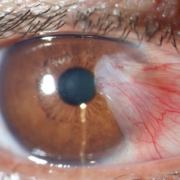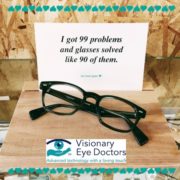Signs that your child may have a vision issue and why annual exams are so important
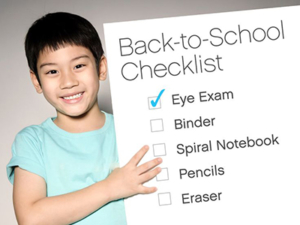 Even the most gifted students will struggle academically if they have trouble seeing the blackboard or focusing on a book.
Even the most gifted students will struggle academically if they have trouble seeing the blackboard or focusing on a book.
It is estimated that over 60% of children with learning difficulties have an undetected vision problem. 80% of information kids receive in the classroom is presented visually and vision can affect sports performance, too – hand-eye coordination, depth perception and eye tracking ability. Healthy eyes and good vision are essential for your kid’s growth and development.
Often, vision issues are at the root of learning problems and behavioral issues and may unfortunately go unchecked and misdiagnosed. If your child is having trouble in school, you may want to start out with a comprehensive eye exam and see if there is a vision issue first with your child before pursuing other avenues.
It is common for children to think that their vision is normal and therefore they often won’t report it to parents or teachers. That is why it is even more important to know what signs to look for:
Vision Signs
- Squinting or blinking often
- Eye rubbing
- Tilting the head to the side
- Covering one eye
- One eye that turns out or in
- Reporting double vision
- Holding books or reading materials very close to the face
Behavioral Signs
- Complaining of headaches or eye fatigue
- Short attention span
- Difficulty reading
- Losing their place frequently when reading
- Avoiding reading or any activity that requires close work
- Problems with reading comprehension or recall
- Behavioral issues that stem from frustration and/or boredom
- Poor performance and achievement in school or athletics
- Working twice as hard to achieve minimal performance in school
Often, parents and teachers think that a school vision screening is good enough to assess your child’s vision, so if that test comes back okay, they believe there is no vision problem. However,this may be far from the case. A school vision test usually only assesses visual acuity for distance vision or how far a child can see. Even a child with 20/20 vision can have significant vision problems that prevent them from seeing, reading and processing visual information.
We recommend all kids of school age have yearly comprehensive eye and vision exams to ensure any issues are addressed and taken care of as soon as possible. It’s also important to have an exam prior to entering kindergarten, as undetected lazy eye may be more complicated to treat past seven years of age.
Some of the issues our optometrist may look for, in addition to good visual acuity, are the ability to focus, eye teaming and tracking, visual perception, hand-eye coordination, depth perception and peripheral vision. They will also assess the health of the eye and look for any underlying conditions that may be impairing vision. Depending on the problem the eye doctor may prescribe eyeglasses, contact lenses or vision therapy to correct the issue.
During the school years a child’s eyes and vision continue to develop and change so it is important to continually check in on your child’s vision. If you have a family history of vision problems, follow-ups are even more important. Progressive conditions like progressive myopia, strabismus (crossed eyes), amblyopia (lazy eye) or astigmatism can be treated and monitored for changes with early treatment so it’s important to seek a doctor’s diagnosis as soon as signs or symptoms are present.
Add a comprehensive eye exam to your back to school to-do list. Our experienced, kid-friendly optometrists look forward to making sure your child has the best possible chances for success in school. And we know, kids will be kids. Our WOW Guarantee worry free protection plan was made with that in mind. Check out our Back to School Specials!
Schedule your child’s eye exam today, (301) 591-1763 or request to schedule online!


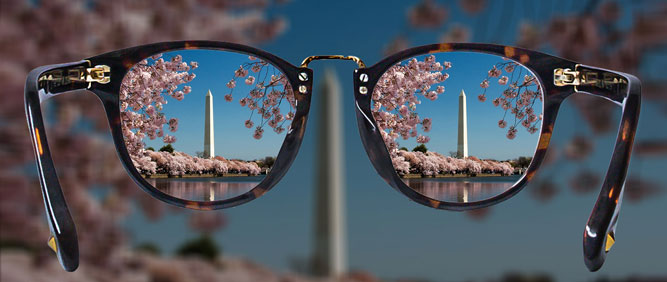


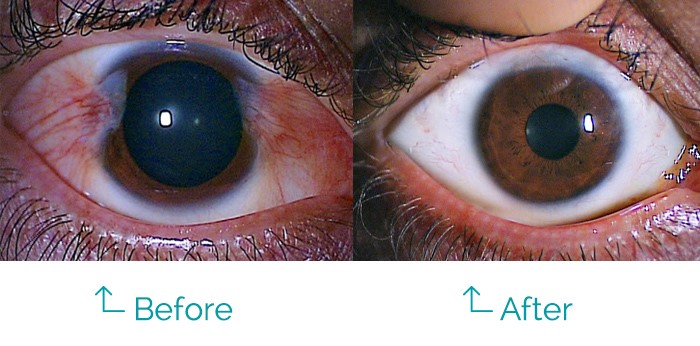
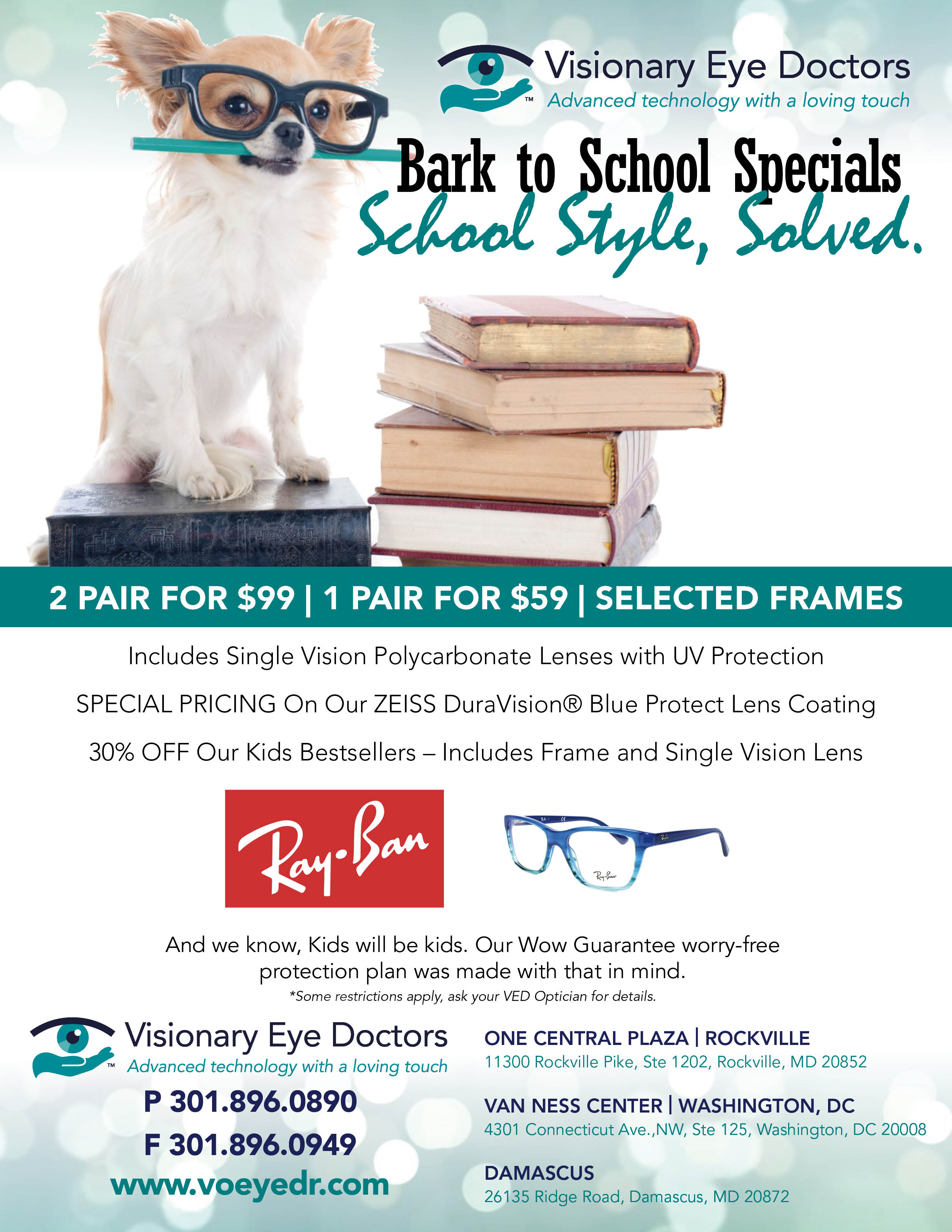







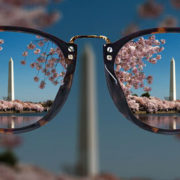
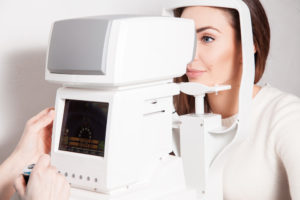 People often take their vision for granted, especially if they don’t need to wear corrective lenses. Even those who are nearsighted, farsighted, or have astigmatism might become complacent about eye exams if their vision is stable.
People often take their vision for granted, especially if they don’t need to wear corrective lenses. Even those who are nearsighted, farsighted, or have astigmatism might become complacent about eye exams if their vision is stable. Dry eye symptoms are the worst! Itching, watering, redness, sensitivity…It’s bad enough when these symptoms appear during allergy season. But when you have chronic symptoms that don’t go away, it might be time to seek professional relief.
Dry eye symptoms are the worst! Itching, watering, redness, sensitivity…It’s bad enough when these symptoms appear during allergy season. But when you have chronic symptoms that don’t go away, it might be time to seek professional relief.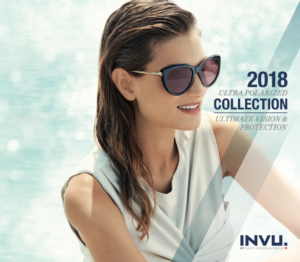 Spring Promotions
Spring Promotions